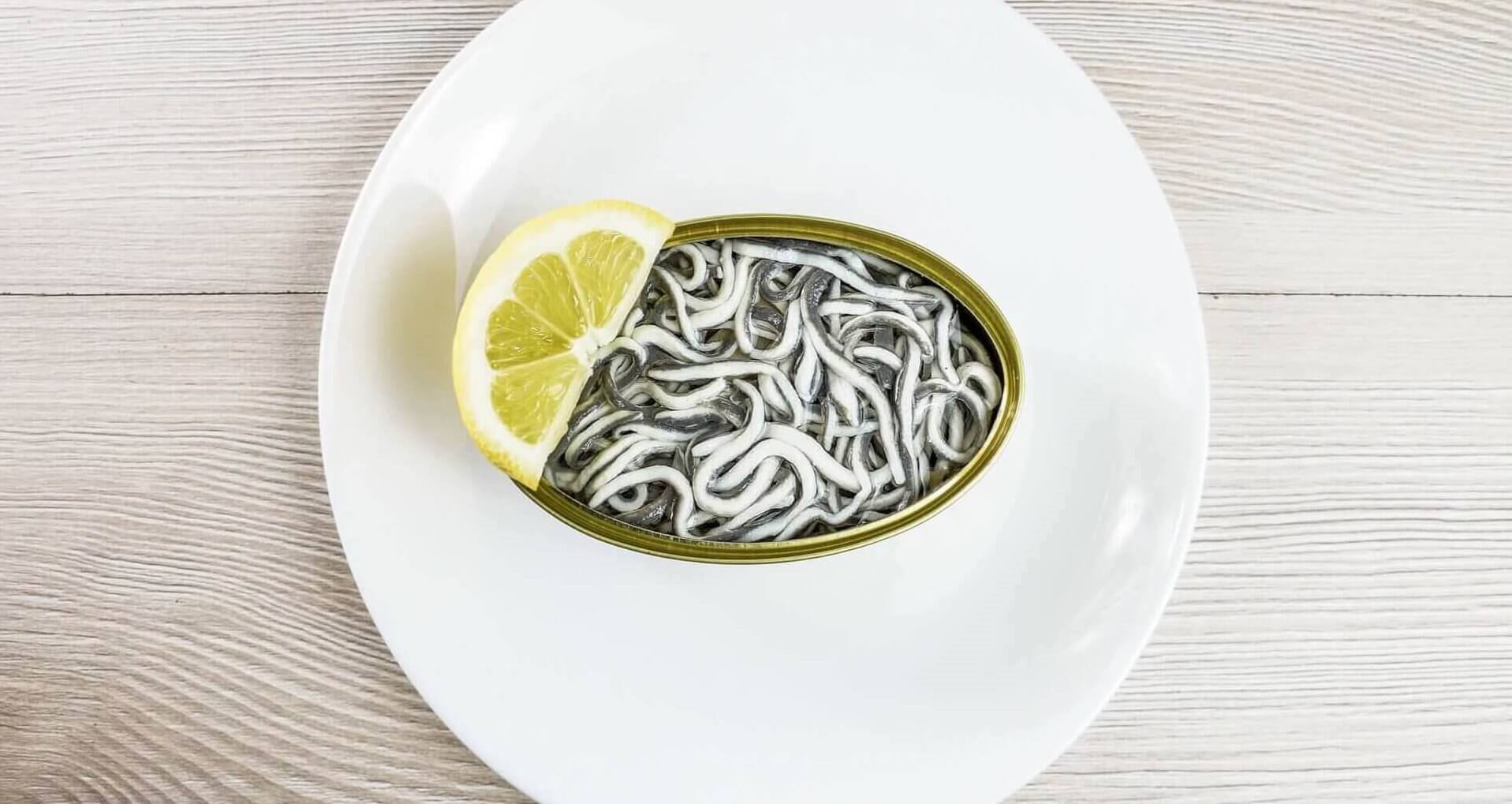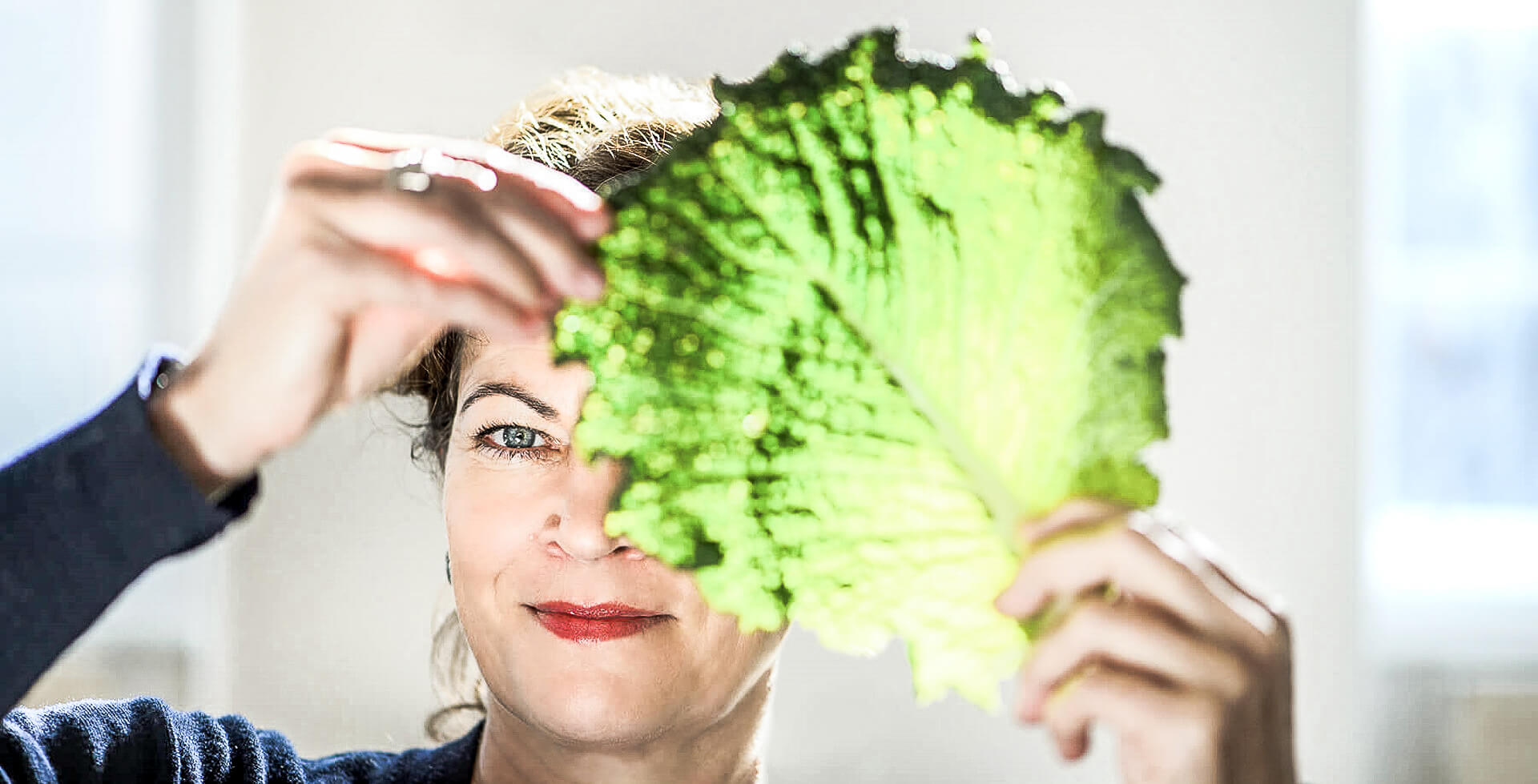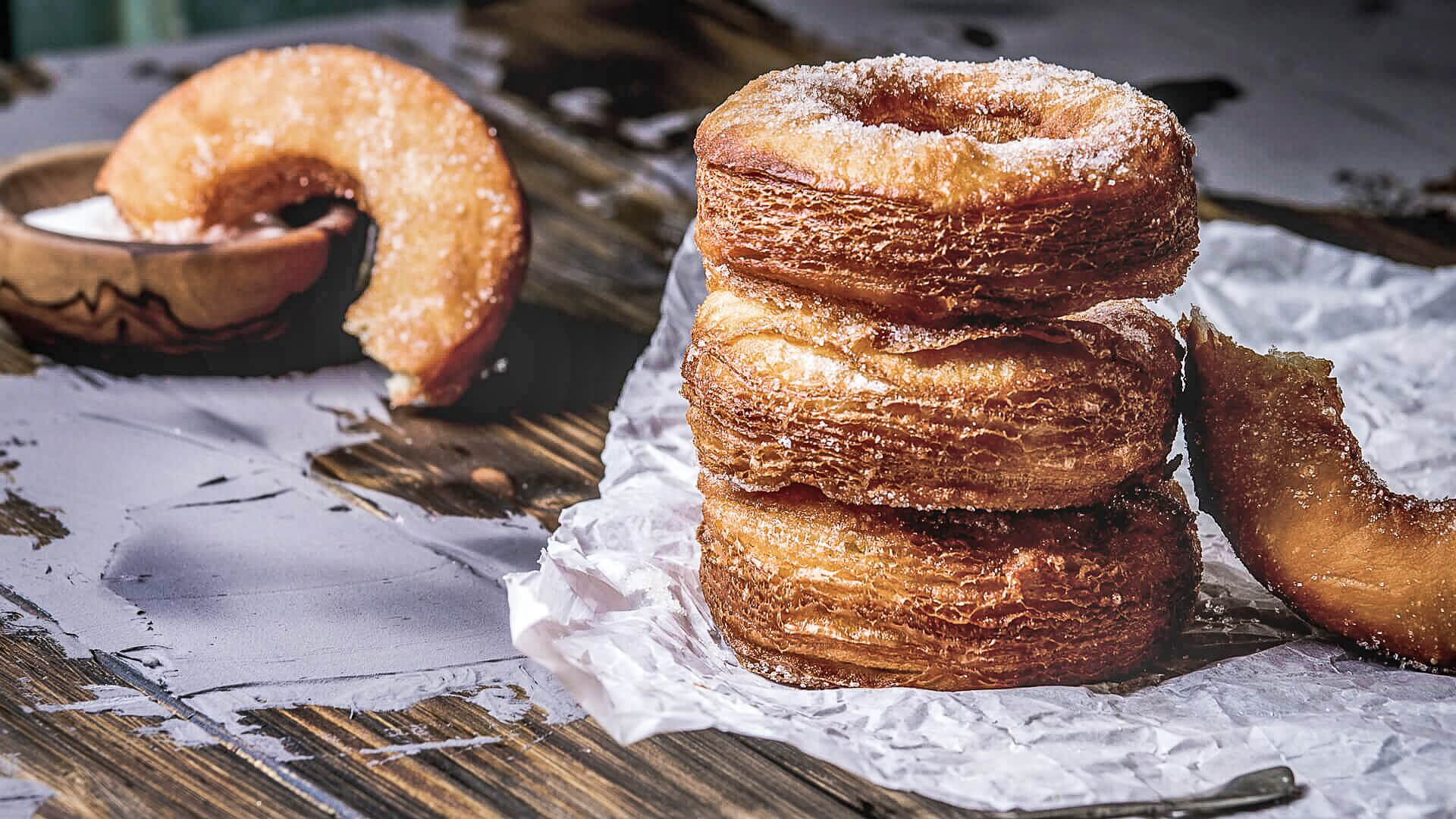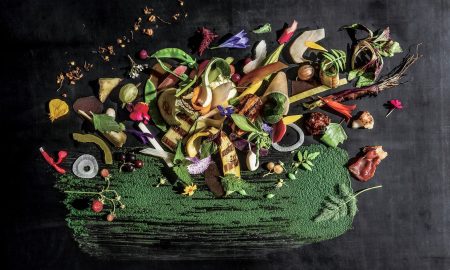He had brought the larvae of the European eel, already pickled in olive oil and garlic, from Spain to Germany. In the meantime the six to eight centimetre long and two to three millimetre thick glass eels have disappeared from the menu. The almost transparent fish have also become rare in European lakes and rivers. The reasons: pollution of the waters, intervention in the river routes and overfishing. The fish is cooked, among others, in the restaurant “Ter-Mar“, which specialises in eels and is located in the Spanish town of Torroella de Montgrí (Catalonia).
Essential
Angulas are traditionally prepared with olive oil, chilli and garlic, which is essential especially in the Basque version, and served in a small clay bowl as pintxos. They can also be served with cocotxas (cheeks) of hake, turbot in a green sauce or with a salad that is not too bitter with a fine dressing.
Tip: Also excellent in combination with scrambled eggs and young garlic green.
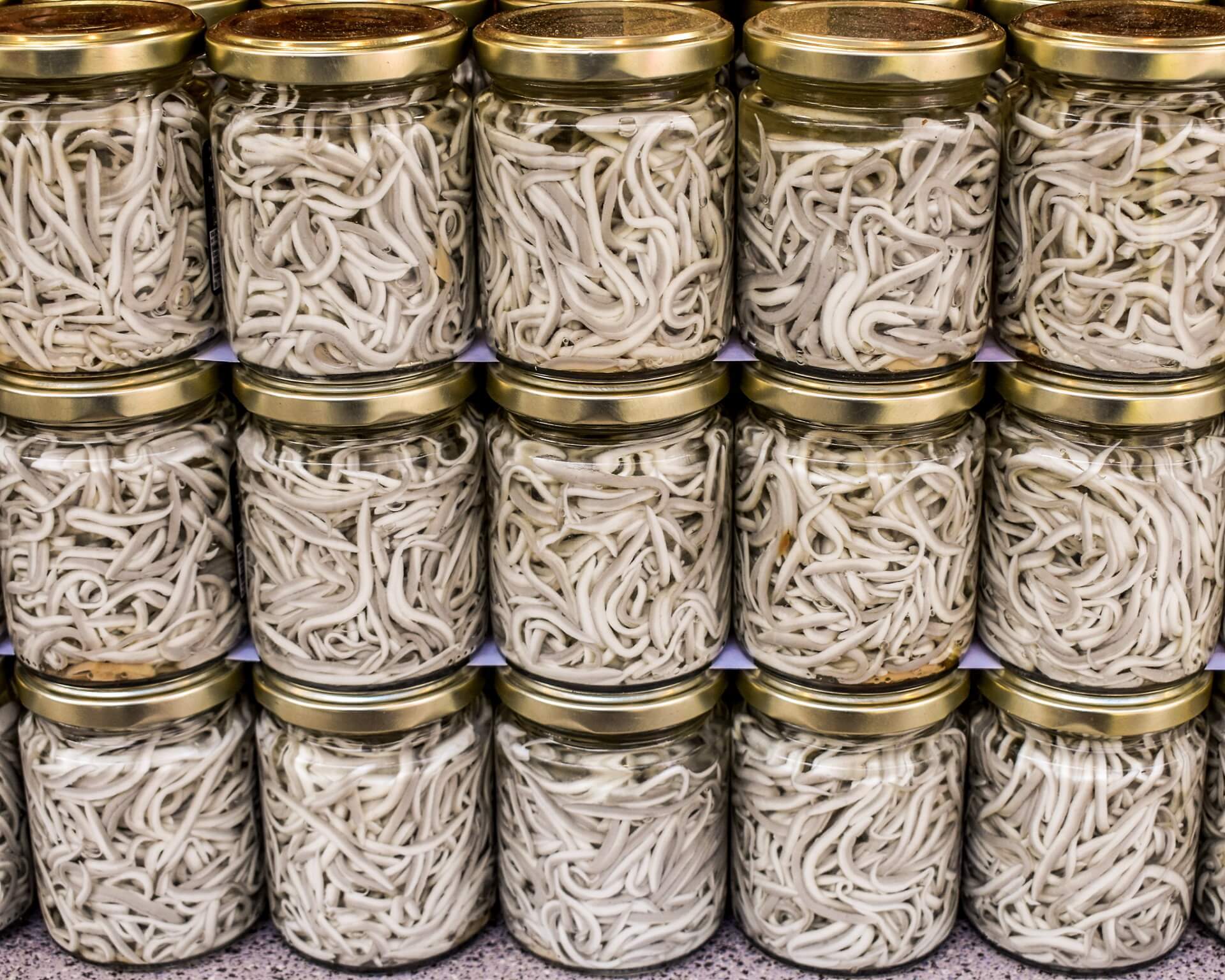
Image: adobestock.com, pedrolieb
Glass eel smuggling
Despite the export ban to third countries outside the European Union in force since 2009, the larvae are still popular on Asian menus. In Asia, with China as the main customer, the slippery fish are highly valued – after all, they are said to have a potency-enhancing effect. An estimated 350 million young eels are smuggled out of Europe every year. The European eel is classified as “critically endangered”, i.e. almost extinct.
Expensive
Prices of up to 1,300 euros per kilogram are being discussed. In Asia this amount can be up to 23 times higher.


